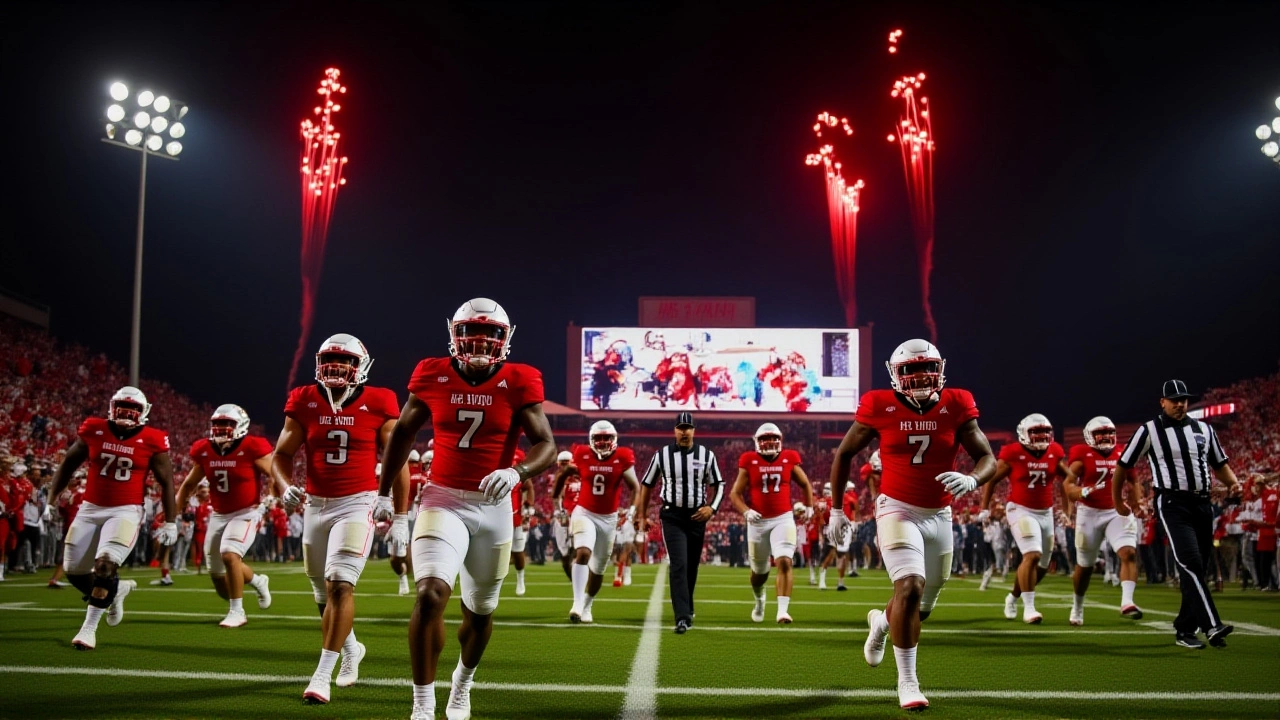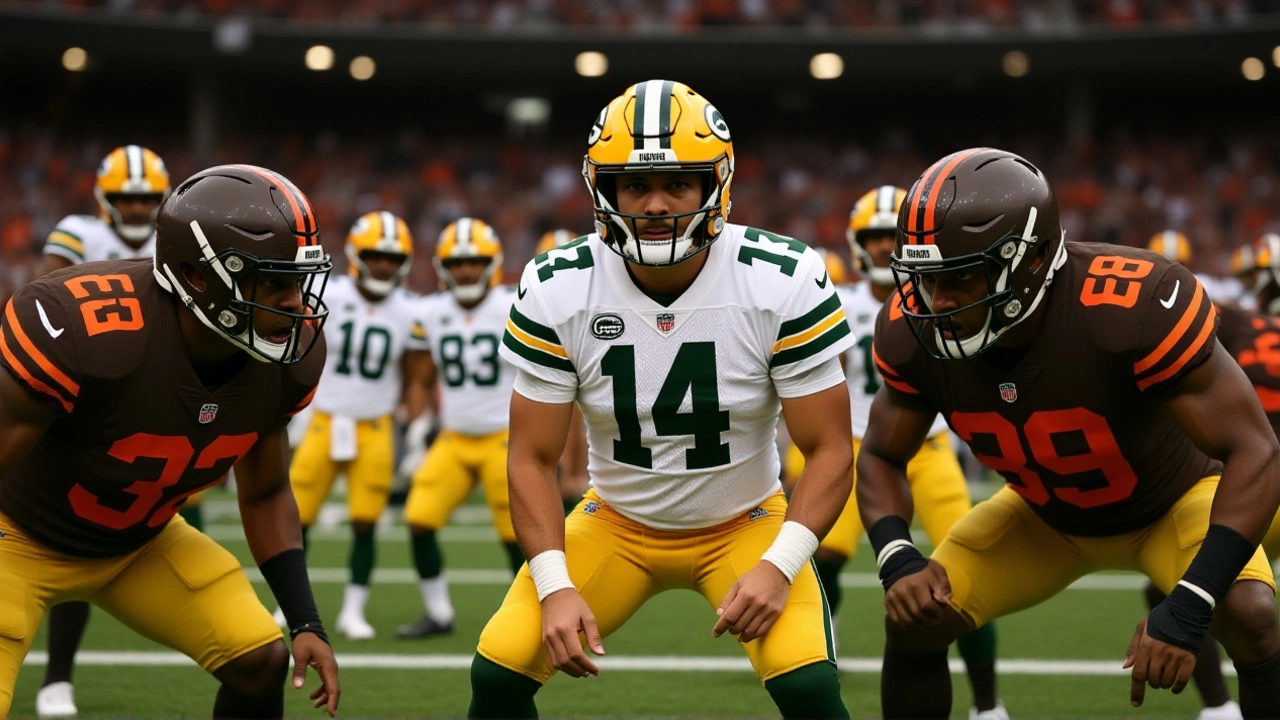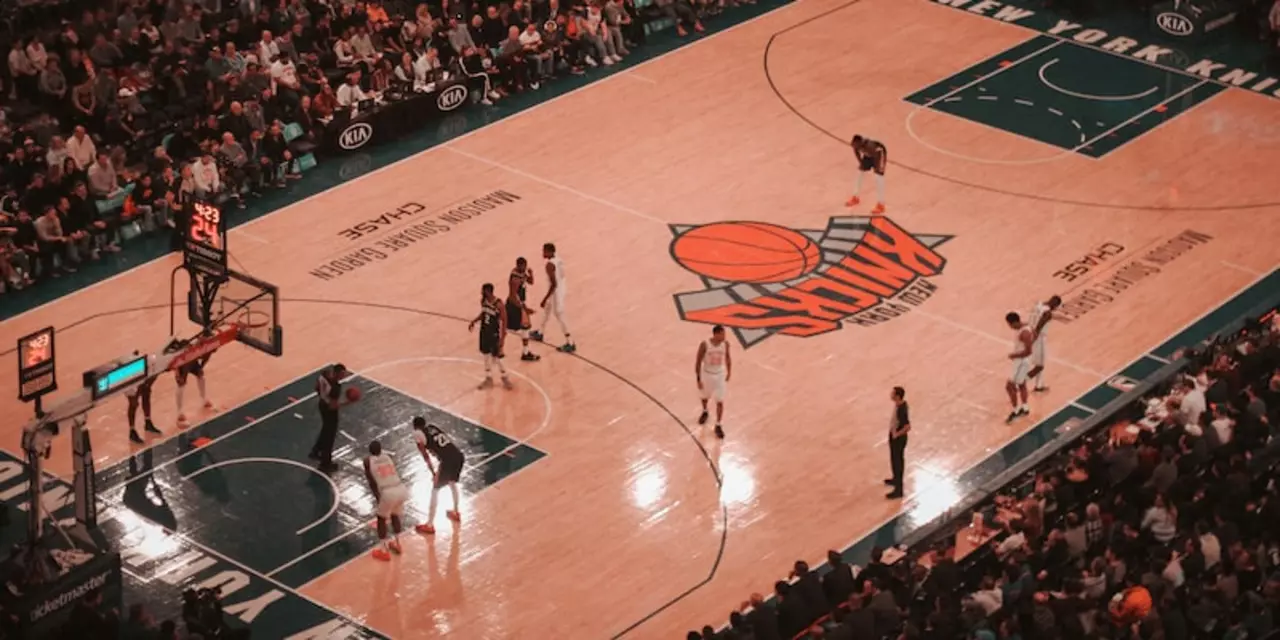The Chicago Bears defeated the Pittsburgh Steelers 31-28 on November 23, 2025, covering the -2.5 spread and smashing the 46.5-point over/under in a thrilling home win led by Caleb Williams and a league-leading defense.
Why the NBA and NHL Use an 82‑Game Schedule
If you’re a sports fan, you’ve probably wondered why the NBA and NHL each play exactly 82 games in a regular season. It isn’t random – the length hits a sweet spot for teams, players, and fans. Below, we break down the practical reasons behind that number.
Building Momentum and Identity
Seventy‑two games give a team enough time to develop a clear identity. Early wins or losses shape a team’s style, and the long stretch lets coaches adjust strategies without a single loss deciding everything. Fans also get to watch a team evolve, which fuels excitement and loyalty.
Rivalries, Fan Bases, and Revenue
More games mean more chances for rivalries to flare up. When two historic rivals meet several times a season, every matchup feels like a mini‑final. Those high‑stakes games draw bigger crowds, higher TV ratings, and more merchandise sales – all vital for league revenue.
From a business angle, the 82‑game schedule maximizes ticket sales while still leaving room for off‑season marketing. It’s a balance between squeezing in enough games to keep the cash flow steady and not overloading fans with too many dates.
Player Health and Rest
One of the biggest criticisms of an 82‑game grind is the toll on players’ bodies. The schedule is built to include travel days, back‑to‑back games, and occasional rest weeks. Those built‑in breaks help players recover, preventing the whole season from collapsing under injuries.
League officials also use the schedule to test new rules or equipment in low‑stakes games, giving players a chance to adapt without jeopardizing the playoff picture.
Keeping the Postseason Meaningful
With 82 games, a team’s overall record matters, but a single slip‑up won’t end their playoff hopes. This dynamic keeps the regular season competitive right up to the final weeks, which is essential for TV contracts and fan interest.
The playoff structure itself relies on a clear, rank‑order system. The more games played, the clearer the hierarchy, making seeding fair and transparent.
Why Not More or Less?
Adding more games would stretch the season into summer, clashing with other sports and outdoor events. Cutting down to, say, 50 games would make the season feel rushed and reduce revenue dramatically. The 82‑game format stays within a traditional basketball and hockey calendar, aligning with other leagues and avoiding schedule chaos.
In short, the 82‑game schedule is a compromise that serves competitive balance, financial health, fan engagement, and player well‑being. It’s why the NBA and NHL have stuck with it for decades, and why fans keep showing up night after night.
Understanding the schedule helps you appreciate the grind teams go through and why each game matters. Next time you watch a match, think about how that single night fits into a massive 82‑game story – that’s the real excitement of sports.

Bears Edge Steelers 31-28 in Thrilling Home Win, Covering -2.5 Spread

Yale Stuns No. 10 Harvard 45-28 in 141st 'The Game,' Claims First Ivy FCS Bid
Yale defeated Harvard 45-28 in the 141st 'The Game,' claiming the Ivy League's first-ever automatic FCS playoff bid while ending Harvard's perfect season and extending their rivalry losing streak to four games.

Broncos Captain Alex Singleton Reveals Testicular Cancer Surgery After Raiders Game
Denver Broncos captain Alex Singleton revealed he had testicular cancer surgery one day after playing the Raiders, thanks to early detection via a league drug test. He expects to return in weeks with a strong prognosis.

George Springer’s Leadoff Homer Makes Blue Jays ALCS History
George Springer’s leadoff homer gave the Toronto Blue Jays a historic first postseason lead, boosting their ALCS odds and moving him into the top five all‑time postseason home run leaders.

Commanders' Jaden Daniels Leads 27-10 Comeback Over Chargers in Week 5
The Washington Commanders rallied from a 10‑0 hole to beat the Los Angeles Chargers 27‑10, sparking playoff hopes and setting up a Monday night clash with the Bears.

Cowboys‑Packers 40‑40 Overtime Tie Sends NFC East and North Shuffling
A 40‑40 overtime tie between the Dallas Cowboys and Green Bay Packers on Sep 28 reshuffles NFC standings, highlights Micah Parsons' return, and raises questions about the game's unexpected Philadelphia venue.

Why is the NBA/NHL on an 82 game schedule?
The NBA and NHL have an 82-game season schedule for many reasons. The length allows teams to build momentum and establish a team identity. It also provides the opportunity to build rivalries and develop a fan base. Additionally, 82 games are the perfect amount of games for teams to get into a rhythm and play at their highest level. Finally, the 82-game season allows for players to have time off to rest and recover, while still having enough games to make the postseason. All these factors make the 82-game season the ideal length for the NBA and NHL.

